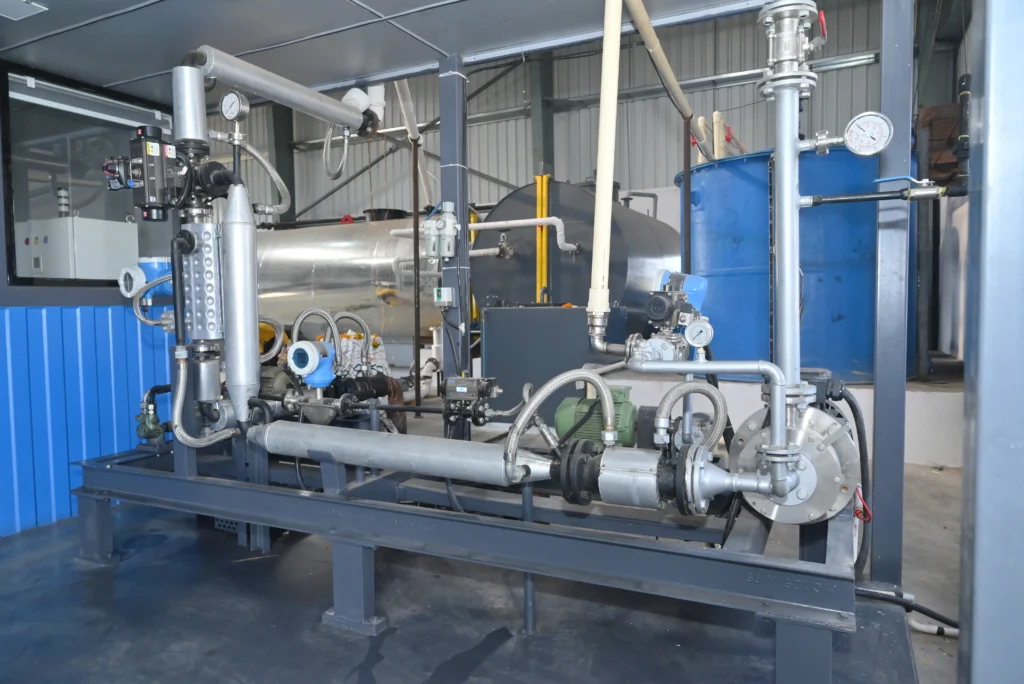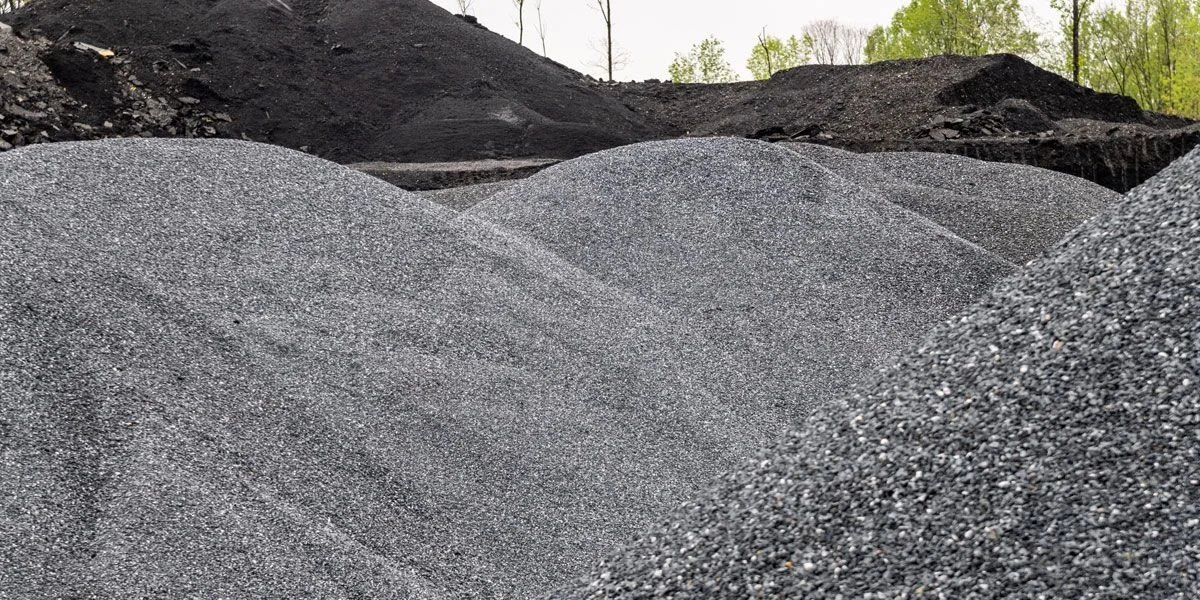
Bitumen emulsions have revolutionised modern road construction and maintenance by offering a safer, more energy-efficient, and environmentally friendly alternative to conventional hot bitumen. This step-by-step guide walks you through the production process of a bitumen emulsion plant, helping you understand how this versatile material is manufactured and why it’s increasingly preferred in cold mix applications.
What is Bitumen Emulsion?
Bitumen emulsion is a fine dispersion of bitumen in water, stabilised by an emulsifying agent. Unlike traditional hot-applied bitumen, emulsions are produced and used at lower temperatures, making them ideal for cold applications such as:
- Tack coats
- Prime coats
- Surface dressing
- Slurry seals
- Microsurfacing
- Patch repairs
Emulsions can be cationic (positively charged) or anionic (negatively charged), depending on the type of emulsifier used.
Step-by-Step Bitumen Emulsion Production Process
Step 1: Bitumen Heating
The process begins with heating bitumen to around 150–160°C to reduce its viscosity, making it easier to mix. The grade and quality of bitumen used are selected based on the intended end-use, such as paving grade or polymer-modified bitumen.
Step 2: Water Phase Preparation
Simultaneously, water is prepared in a separate tank by mixing:
- Emulsifying agents (cationic or anionic)
- Acid or alkali (to adjust the pH level)
- Stabilizers and other performance-enhancing additives
The water phase is typically maintained at 40–70°C to ensure optimal interaction with the bitumen.
Step 3: Emulsification in Colloid Mill
Both the heated bitumen and prepared water phase are introduced into a colloid mill, the heart of the emulsion plant. This high-shear machine breaks the bitumen into microscopic droplets (usually 1–10 microns), dispersing them uniformly within the water phase to form a stable emulsion.
Step 4: Cooling and Storage
The freshly prepared emulsion is then cooled to ambient temperature and transferred to storage tanks. Anti-foaming agents may be added to improve stability. Storage in mild steel or epoxy-lined tanks is recommended to prevent corrosion and phase separation.
Step 5: Quality Testing
Quality control is essential at every emulsion plant. Samples are tested for:
- Viscosity
- Residue content
- Stability and shelf life
- Breaking behavior
- Particle size distribution
Only emulsions that pass these stringent tests are approved for dispatch and field application.
Applications of Bitumen Emulsion
The versatility of bitumen emulsion produced at an emulsion plant allows for a wide range of applications:
- Tack Coating – For bonding layers in flexible pavement construction
- Prime Coating – For preparing granular bases
- Surface Dressing – For rural roads and highways
- Slurry Sealing and Microsurfacing – For maintenance and skid resistance
- Cold Mix Asphalt – For patchwork and overlays in cooler climates
Advantages of a Bitumen Emulsion Plant
Choosing an emulsion plant for your road maintenance operations offers multiple advantages:
- Energy-efficient – No need for high-temperature heating during application
- Environmentally friendly – Reduced CO₂ emissions and use of water-based technology
- Cost-effective – Lower fuel consumption and material wastage
- Safe to handle – No fire hazards associated with hot bitumen
- Fast application – Quick setting and minimal traffic disruption
Conclusion: Why Invest in an Emulsion Plant
Understanding how a bitumen emulsion plant operates is key for engineers, contractors, and project planners looking to improve the quality and sustainability of road construction. From energy savings to environmental benefits, the emulsion production process stands out as a smart and scalable solution for modern infrastructure needs.
By investing in a well-designed emulsion plant, you’re not only enhancing the durability of pavements but also supporting greener and more cost-effective construction practices.
Empower your projects with innovative road maintenance technology—choose a high-performance emulsion plant and build roads that last.





